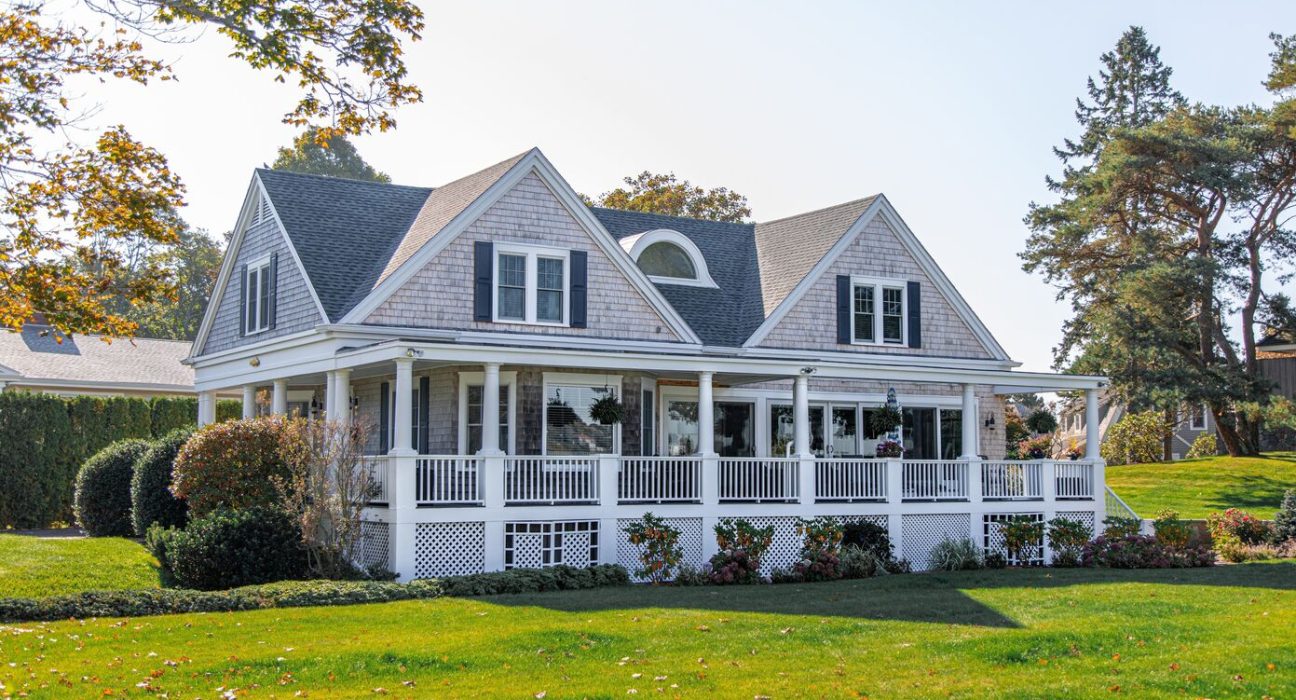Reverse mortgages are better suited for senior citizens who need a regular source of income, while Loan Against Property is a secured loan and can fund a wide range of requirements.
Are you looking to access additional funds by leveraging your home equity? Reverse Mortgage and Loan Against Property (LAP) are two standard options to harness your home and get additional cash.
However, these are two different options, so it is essential to understand the features and differences between these two financial products to help you make an informed decision.
Understanding reverse mortgages
A reverse mortgage is a financial product meant explicitly for senior homeowners who are 60 years of age or older. Here, the senior citizens receive tax-free cash from the bank based on the home’s value, interest rates and other aspects.
It is just the opposite of home loans. In the case of home loans, the ownership initially remains with the bank and is gradually transferred to the borrower as they repay the loan. Here, in a reverse mortgage, the ownership is with the senior citizen, and the ownership is gradually transferred to the bank at the end of the tenure.
There are certain aspects of reverse mortgages that seniors should keep in mind before considering reverse mortgages.
- The homeowner should be more than 60 years of age, and the home should be your primary residence.
- Banks will keep a 20% margin. For example, suppose the property value of the property is ₹1 crore. In that case, the bank will determine the payout based on the property’s value at ₹80 lakhs.
- You can opt to receive a monthly payment or a lump sum payment.
- The maximum tenure of a reverse mortgage is 20 years.
- The residual age of the property should not be less than 20 years.
- The borrower and their co-borrower/spouse can live in their homes even after the tenure is over.
- The legal heirs can pay the property’s price and become the property’s owner.
- You are responsible for property taxes, insurance, and maintaining the property.
“Seniors have a large chunk of money locked in real estate. Reverse mortgages can help individuals to unlock these assets and get a steady source of income from their homes. Here, you are gradually selling your house. A reverse mortgage also comes with ‘No Negative Equity Guarantee’ which means that if the amount you owe to the lender is more than the sale price of the house, you won’t have to pay the difference out of your pocket. For example, if the value of your home falls over time, and it is more than the amount that is due to the bank, you won’t be responsible for paying the extra amount. Moreover, the bank can’t recover the amount from other assets. This makes it a very safe proposition for elderly couples,” says Kavitha Menon, a SEBI-registered investment advisor.
Suresh Sadagopan, SEBI-registered investment advisor, Ladder7 Wealth Planners, says that reverse mortgages can help senior couples live comfortably, but terms can be very restrictive.
“Reverse Mortgage might not be feasible for three main reasons. First, it is not applicable to properties that are more than 15 years old. There is a high probability that the homes of senior citizens will be more than 15 years old. The second point is that most people like to keep their property for their children. Thirdly, the interest rate on reverse mortgages is high and so the total payout that the borrower will receive during the tenure might be lower than their expectation,” said Suresh.
Understanding loans against property
A loan against property, on the other hand, is a conventional loan that a borrower gets against their property.
It is not age-restricted, and any property owner can secure a loan against property irrespective of age. The borrower must pay the EMI every month, and failure to do so may result in the lender auctioning their property in the open market.
Here are a few aspects of loan against property
- The loan amount will depend on the value of the property, your income and creditworthiness.
- The lender will disburse the loan amount as a lump sum, which can be used for various purposes, such as education, business expansion, or debt consolidation.
- Borrowers are required to make regular monthly payments that include both principal and interest. The loan term can vary but is typically between 10 to 20 years.
- When you borrow money, you use your property as collateral. If you fail to repay the loan, the lender can take your property to recover their funds.
“LAP can be used for different purposes such as medical expenses or home renovations. As it is backed by collateral, the interest rate is lower than personal loans. Moreover, LAP is available for borrowers irrespective of their credit score. One can raise a fair amount of money such as ₹30 -40 lakhs through LAP. However, it might not be feasible for retired individuals as they have to pay the EMI on time,” said Suresh.
Key differences
Let’s explore the key differences between these two financial products.
Age requirement: Reverse mortgage is limited to senior citizens who are 60 years or older. On the other hand, LAP is available to all property owners irrespective of their age.
Loan disbursement: Reverse Mortgage offers various disbursement options, including lump sum and monthly payments. Loan Against property provides a lump sum amount that can be used for multiple purposes.
Repayment: No regular monthly payments are required in the case of reverse mortgages. After the surviving spouse’s death, the bank sells the home. The legal heirs and the borrower also have the option to buy back the home after paying the required dues.
Regular monthly principal and interest payments must be paid for the Loan Against Property.
Use of funds: Reverse Mortgage is often used to supplement retirement income and cover medical expenses. Borrowers can not use it to fund their business activities.
On the other hand, LAP can be used for various purposes, such as education, business expansion, or debt consolidation.
Property ownership and responsibilities: When you take Reverse Mortgage, you retain your home ownership and are responsible for property taxes, insurance, and maintenance.
In the case of LAP, you retain ownership, and your property acts as collateral. You have to ensure timely loan repayments to avoid foreclosure.
In conclusion, reverse mortgages and loans against property are two ways to leverage your home and receive cash. However, these are different solutions. A loan against property is like a secured loan where the home is used as the collateral.
However, reverse mortgages are ideal for seniors looking to tap into homes and receive a fixed monthly income. The seniors can stay in their houses until the last surviving spouse dies or shifts permanently to a retirement home. LAP might not be feasible for retired individuals as they have to pay the EMIs to retain their home ownership.
It’s essential to consider the different aspects carefully before deciding. Consulting with a financial advisor can also help you make the best choice to meet your specific needs and objectives.
Padmaja Choudhury is a freelance financial content writer. With around six years of total experience, mutual funds and personal finance are her focus areas.
Unlock a world of Benefits! From insightful newsletters to real-time stock tracking, breaking news and a personalized newsfeed – it’s all here, just a click away! Login Now!







